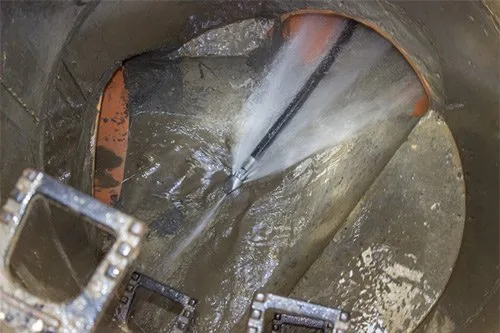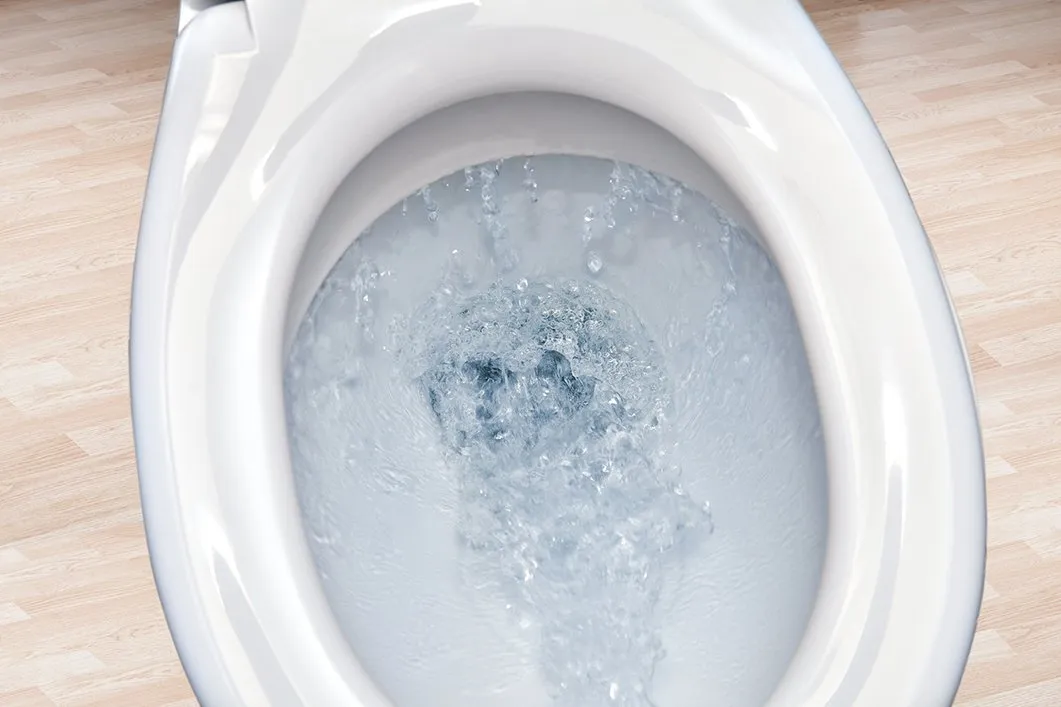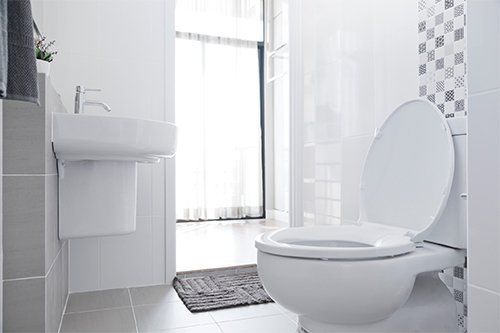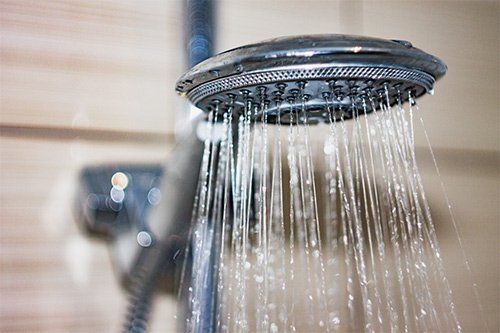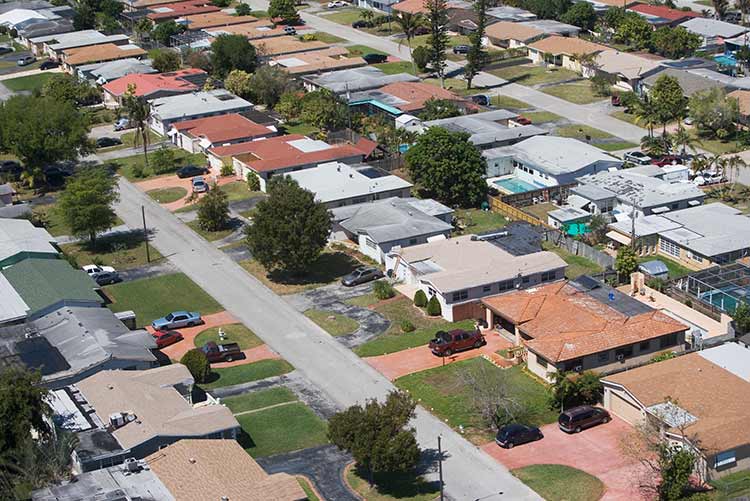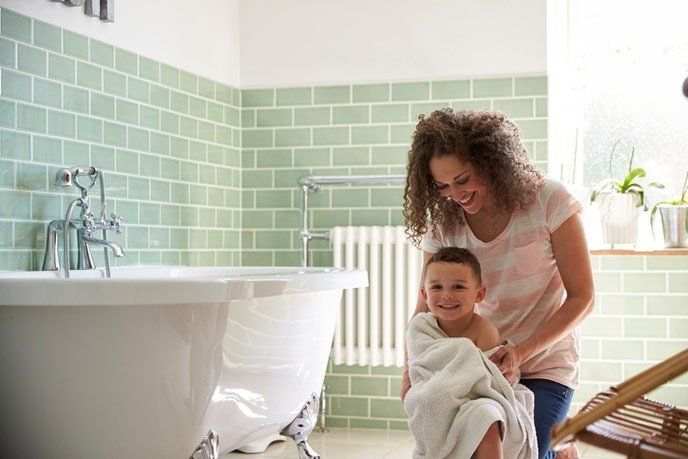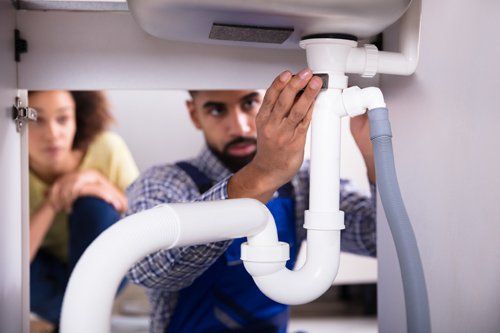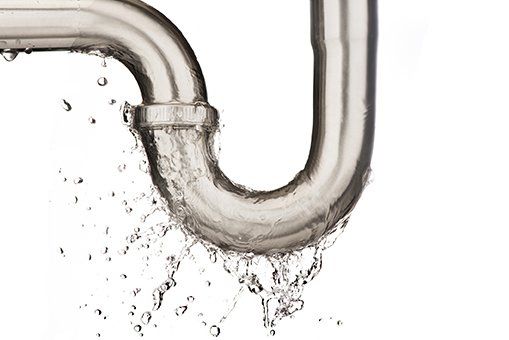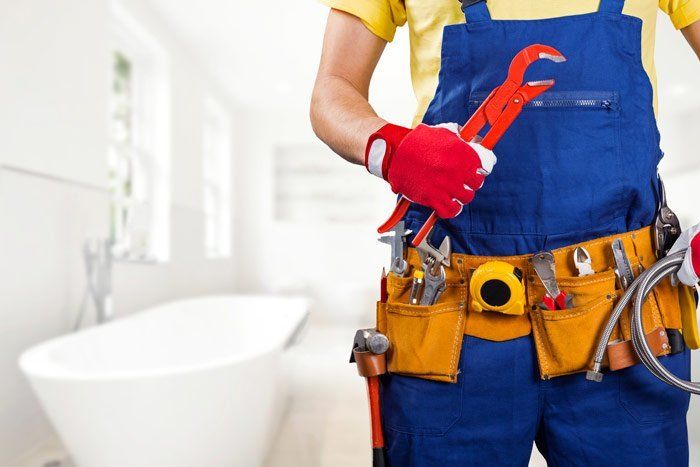
Your bathroom is a hotspot for mold due to all the humidity from showering and handwashing. Damp towels and bath mats also add to the problem. If you don't use your exhaust fan or crack a window occasionally, then mold can begin to grow.
A common place for mold is in the grooves around your tub and shower since these areas hold on to water. However, mold can grow anywhere in your bathroom, and sometimes, it can be prevented by keeping up with plumbing repairs.
This guide lists three plumbing problems that increase the risk of mold in your bathroom and what you should do to fix them.
1. Drain Leaking Under the Bathroom Sink
If you have an enclosed vanity under your sink that hides the drain, then a leak could go on for a long time before you discover it. Another problem is a loose connection in the trap that creates a small leak every time you use the sink.
Since water only leaks when you use the sink, there's not a constant flow to create a huge puddle that you notice. Instead, the wood in the vanity or the floor underneath will soak up the water and stay damp. This leads to wood rot under the sink and an increase in the humidity in the room.
If you rarely look inside the vanity, or if it is full of grooming supplies or jugs of laundry detergent, then you may not notice what's going on. The mold may grow inside the vanity or on the wall behind it. While some mildew in your bathroom can be expected from time to time, if you smell the mildew frequently, then you should suspect mold is growing somewhere unseen.
You might be able to fix the problem by tightening the trap connection, but if the problem is caused by a hole in the drain, then you'll want a plumber to fix the problem before the floor and wall have extensive mold and water damage.
2. Water Dripping From a Faucet or Shower
Dripping faucets are annoying plumbing problems because they waste water and the noise can be bothersome too. Although the drips fall in your sink or shower and don't cause water damage, they can still raise the humidity in the room and encourage mold to grow.
When the humidity is high, mold can grow anywhere, such as the ceiling and walls. If the dripping shower gets the back of the shower enclosure wet, then mold can even grow between the walls. When that happens, you may need professional mold removal along with plumbing repairs.
You should have dripping faucets repaired as soon as you can. One side benefit of keeping humidity under control in your bathroom is that it also helps prevent roaches and other humidity-loving bugs from invading the space.
3. Water Leaking From the Toilet
Your toilet can spring leaks too. This happens for a variety of reasons and it may cause the wall behind the toilet to start growing mold. Identify the source of the leak if you can. It might be a water supply line, a crack in the porcelain, or a bad toilet seal on the floor.
Condensation on the side of the tank can also cause problems with high humidity. If water is leaking from a tiny crack, then you'll probably need to have a new toilet put in. If the problem is condensation, then your plumber might suggest adding a valve in the supply line that allows hot water to mix in.
This reduces the temperature difference that leads to condensation on the tank. If you notice there are slight puddles of water around the toilet, then have a plumber take a look. If the floor under your toilet stays damp, then it can mold or rot and will need to be replaced.
By keeping your bathroom plumbing in good shape, you'll avoid some major problems with mold, water damage, and pests. If you need work on your faucets or toilet, then schedule an appointment with Moody Plumbing, Inc. We'll install new fixtures, repair broken pipes, or do whatever is needed to keep your bathroom dry.



